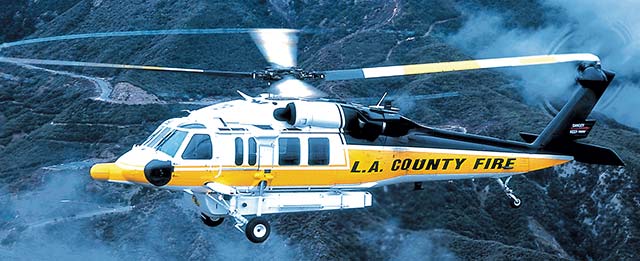Modernized Vertical Lift Platform With Advanced Composite Frameworks and Improved Precaution
In the realm of vertical lift platforms, a considerable shift in the direction of innovation has been observed, driven by the assimilation of sophisticated composite structures and increased safety steps. In discovering the merging of modern technology and safety and security in modern-day lift platforms, an engaging story arises, showcasing the possibility for transformative developments that cater to the ever-evolving requirements of commercial markets.
Advancement of Upright Lift Systems

The development of upright lift systems can be traced back to fundamental pulley-block systems and very early elevator styles. Over time, developments such as hydraulic systems, electric motors, and advanced control systems have actually greatly enhanced the performance and security of these systems. Manufacturers have actually likewise concentrated on improving the stability, reach, and load-bearing abilities of vertical lift platforms to meet the varied requirements of different sectors.
Additionally, the combination of wise innovations like sensors, IoT connectivity, and automation functions has further changed the capabilities of modern-day vertical lift platforms. These technological improvements not only enhance functional performance yet likewise ensure enhanced safety and security criteria for workers utilizing these platforms at different heights. The continual advancement of upright lift systems emphasizes their vital role in improving vertical flexibility throughout sectors.
Combination of Advanced Composite Frameworks

Moreover, the usage of innovative composite products enables more facility and maximized architectural designs, making it possible for designers to customize the platform's homes to satisfy certain efficiency requirements. This customization can cause improved the rules of aerodynamics, reduced resonances, and boosted general security during operation. The assimilation of sophisticated composite structures also contributes to a reduction in upkeep expenses and downtime, as these products exhibit exceptional resistance to environmental variables and have a longer other life span compared to standard products. In general, the consolidation of advanced composite structures in modern vertical lift systems stands for a substantial development in aerospace technology, leading to more reliable, reliable, and more secure aerial transportation systems.
Enhanced Precaution Application
Applying boosted safety and security procedures is critical in making certain the optimum performance and dependability of modern vertical lift platforms. These measures incorporate a variety of techniques focused on mitigating threats and improving total security criteria. One key facet of boosted precaution is the assimilation of innovative sensor modern technologies to monitor different specifications in real-time. By using sensors for features such as architectural wellness monitoring, load surveillance, and environmental noticing, potential threats can be recognized early, permitting aggressive upkeep and rehabilitative actions.

Sector Applications and Benefits
With advancements in modern technology and design, improved vertical lift systems have located diverse applications throughout different sectors, offering significant advantages in performance and efficiency. The building market benefits from upright lift systems by making it possible for workers to accessibility raised areas securely and efficiently, boosting overall project timelines.
Additionally, over here vertical lift platforms play an important duty in the upkeep and repair work of facilities such as bridges, power lines, and structures, enabling service technicians to get to unattainable areas easily (sikorsky s 70). The aeronautics market likewise leverages these systems for airplane maintenance and setting up jobs, boosting workflow performance and making certain worker security at elevations. In general, the widespread fostering of modernized upright lift systems across industries underscores their versatility and the significant renovations they bring to different operations
Future Trends in Lift System Technology
Incorporating advanced automation and intelligent features, lift system innovation is poised to reinvent upright transport systems in the close to future. One key fad is the integration of Web of Points (IoT) modern technology, making it possible for lift systems to communicate real-time data for anticipating upkeep, optimizing performance, and enhancing safety. As lift platform technology proceeds to evolve, these trends are set to shape the that site future of upright transportation, making it more reliable, safe, and user-friendly.
Verdict
In conclusion, the modernized upright lift system showcases the development of innovation in the industry. By incorporating innovative composite frameworks and boosted precaution, this platform uses enhanced effectiveness and security for different applications. The market can benefit substantially from these improvements, and future patterns in lift platform modern technology are likely to proceed enhancing upon these developments for even greater success and performance.
In the realm of vertical lift systems, a significant change in the direction of innovation has been observed, driven by the combination of innovative composite frameworks and increased safety and security actions. The constant advancement of upright lift platforms underscores their essential function in enhancing vertical wheelchair across sectors.

The consolidation of sophisticated composite structures in contemporary vertical lift systems has substantially enhanced their architectural stability and performance abilities. By incorporating these advanced compounds into the style and building and construction of upright lift systems, makers can minimize total weight, rise load-carrying capacity, and boost the platform's longevity and longevity.
Implementing improved safety actions is essential in making sure the ideal efficiency and dependability of modern-day vertical lift systems.
Comments on “Inside the Sikorsky S 70: What Establishes This Helicopter Apart from Its Rivals”